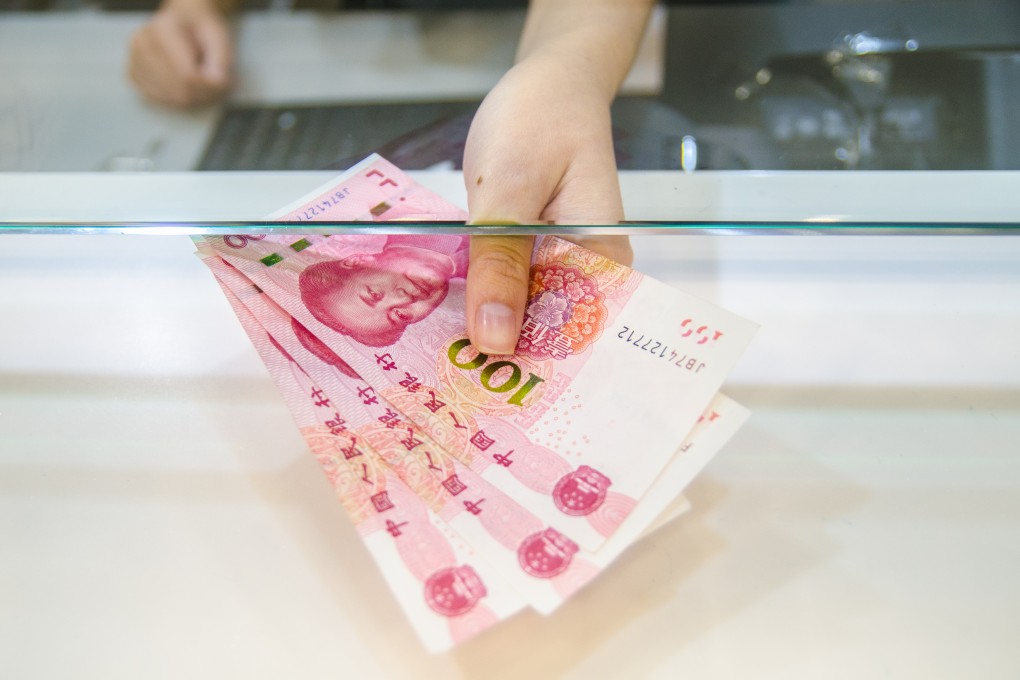China’s financial credit database of 1 billion people, 28 million companies gets an upgrade
- Latest version of system which lenders use to assess creditworthiness, provides more comprehensive profiles of firms, individuals, People’s bank of China says
- Improvements part of Beijing’s broader plan to create a ‘credit society’ this year

China’s central bank has launched an updated version of its credit information system covering 1 billion individuals and more than 28 million corporate clients, which it says will provide more accurate profiles of loan applicants.
The upgraded system – which is used by the nation’s lenders to evaluate potential clients’ creditworthiness – went online on Sunday.
The upgrades include improvements to the information gathering and processing functions, as well as the technical framework and security, according to the credit bureau of the People’s Bank of China (PBOC).
The new credit reports produced by the system will contain more information than before, including details of a loan applicant’s spouse, financial guarantors, employment status, credit card records and installment plans, the PBOC said.